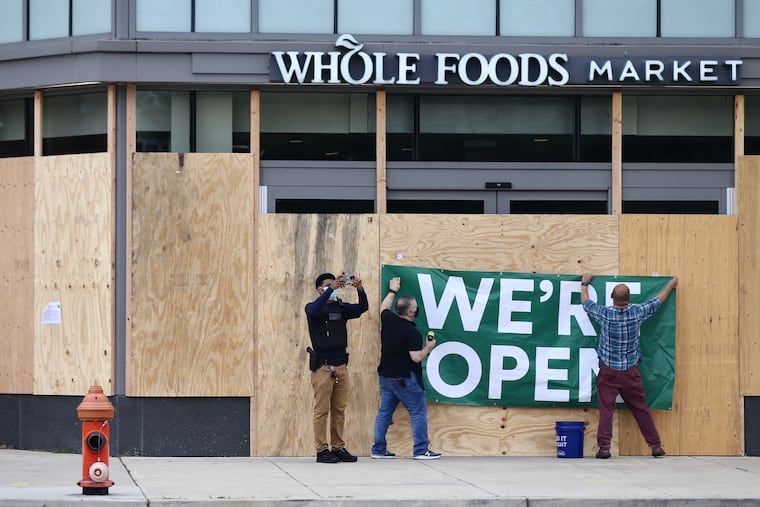Whole Foods is left behind in Amazon’s pandemic-fueled boom
Whole Foods traffic is down. And despite expectations that the world's largest e-commerce firm would use it to re-invent food shopping, Amazon has opted to open a separate chain called Amazon Fresh.
